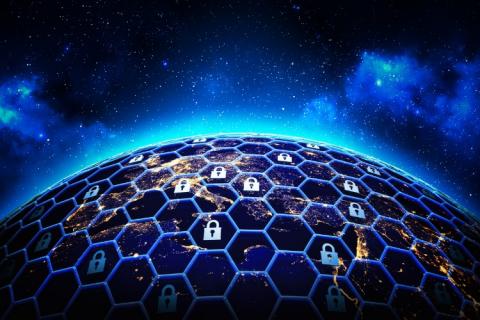How PAM Reduces Cybersecurity Risks in Remote Work Environments
When organizations adopt remote work, they face increased cybersecurity risks. Privileged Access Management (PAM) helps mitigate these risks by reducing the attack surface, minimizing insider threats, and providing enhanced visibility and monitoring capabilities. Continue reading to learn the cybersecurity risks unique to remote work environments and how PAM helps address them.










